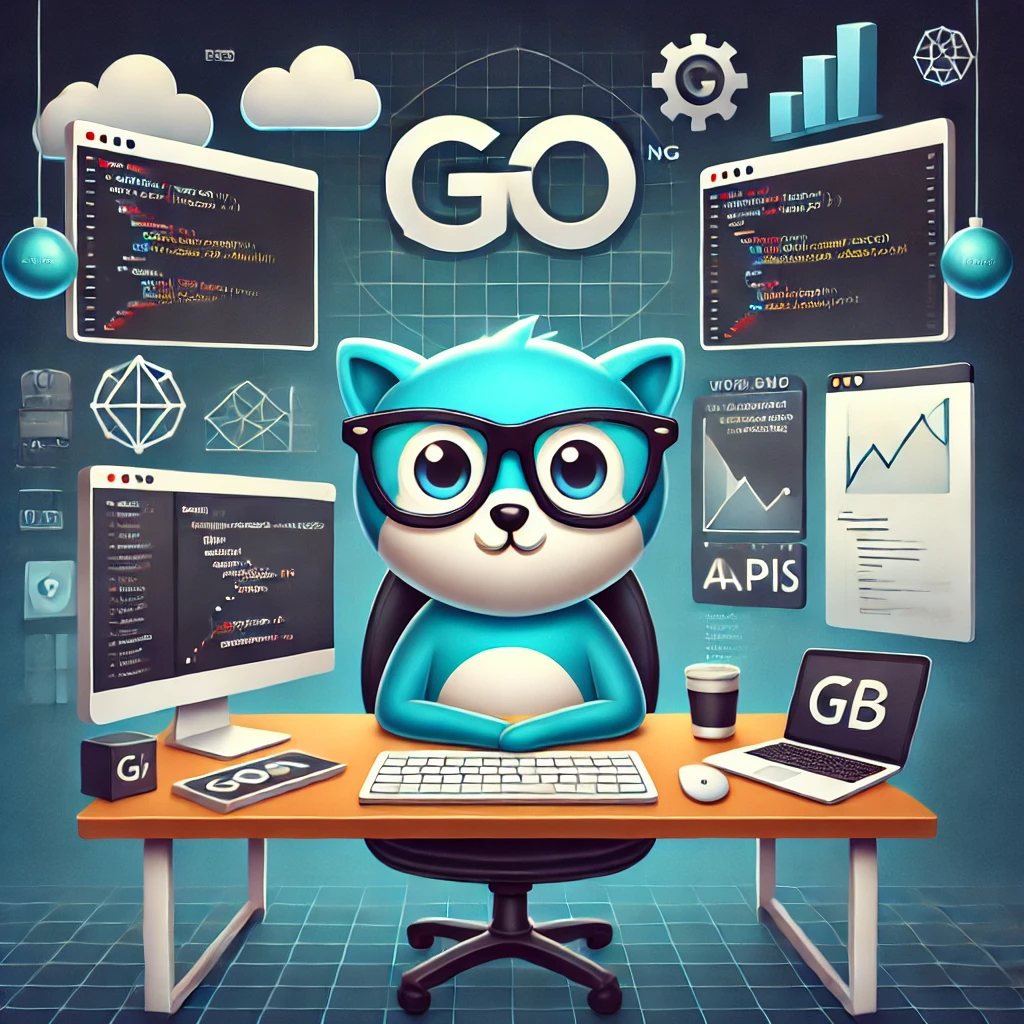
Learning outline for web development with Go (Golang)
 Yeasir Arafat
| 3 min read
Yeasir Arafat
| 3 min read
1. Go Language Fundamentals
- Basics
- Syntax, variables, data types
- Control structures (if/else, loops, switch)
- Functions, multiple return values
- Packages and imports
- Intermediate Concepts
- Pointers, structs, methods
- Interfaces and type assertions
- Error handling
- Concurrency (goroutines, channels, sync package)
- Advanced Features
- Reflection
- Context package
- Testing (unit tests, benchmarks)
- Modules and dependency management
2. Setting Up a Go Environment
- Install Go and configure GOPATH
- Introduction to Go modules (go.mod, go.sum)
- Basic toolchain (go build, go run, go test)
- IDE setup (VS Code, GoLand, etc.)
3. Web Development Basics
- HTTP Fundamentals
- Request/response cycle
- HTTP methods (GET, POST, etc.)
- Status codes and headers
- Standard Library (net/http)
- Creating a basic HTTP server
- Handling routes manually
- Reading request data (query params, form data, JSON)
- Writing responses (plaintext, JSON, HTML)
- Templating
- html/template package for server-side rendering
- Static file serving
4. Web Frameworks & Routing
- Choosing a Framework
- Comparison: Gin, Echo, Chi, Fiber, or standard library
- Gin Framework (Example)
- Routing and route groups
- Middleware (logging, auth, CORS)
- Binding and validation
- Error handling
- Building RESTful APIs
- CRUD operations with JSON
- Versioning best practices
5. Database Integration
- SQL Databases (PostgreSQL/MySQL)
- Using database/sql package
- ORM tools (GORM, sqlx)
- Connection pooling and migrations
- NoSQL Databases (MongoDB)
- Official MongoDB Go driver
- BSON data handling
- Caching
- Redis integration (go-redis)
6. Authentication & Authorization
- Session-based auth (cookies)
- JWT (JSON Web Tokens) implementation
- OAuth2 (Google/GitHub login)
- Password hashing (bcrypt)
- Security best practices (CSRF, CORS, rate limiting)
7. Advanced Topics
- WebSockets (gorilla/websocket)
- File Uploads/Downloads
- Third-Party API Integration (REST clients)
- Background Jobs (asynchronous workers)
- Caching Strategies (Redis, in-memory cache)
- Microservices Basics (gRPC, REST)
8. Deployment & DevOps
- Dockerizing Go applications
- Cloud deployment (AWS, GCP, Heroku)
- Monitoring and logging (Prometheus, Grafana)
- CI/CD pipelines (GitHub Actions, GitLab CI)
- Environment configuration (.env files, 12-factor app)
9. Best Practices
- Project structure (modular design)
- Error handling and logging
- Testing (integration tests, mocking)
- Performance optimization (pprof, benchmarks)
- Documentation (Swagger/OpenAPI)
10. Capstone Project
- Build a full-stack application:
- User authentication
- REST API + frontend (HTML/JavaScript or Go templating)
- Database integration
- Deployment to a cloud platform
Next Steps
- Contribute to open-source Go projects
- Explore cloud-native Go (Kubernetes operators, serverless)
- Learn gRPC/protobuf for microservices
- Study advanced concurrency patterns
- Follow Go releases and community trends


Discussions
Login to Post Comments